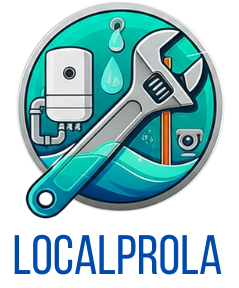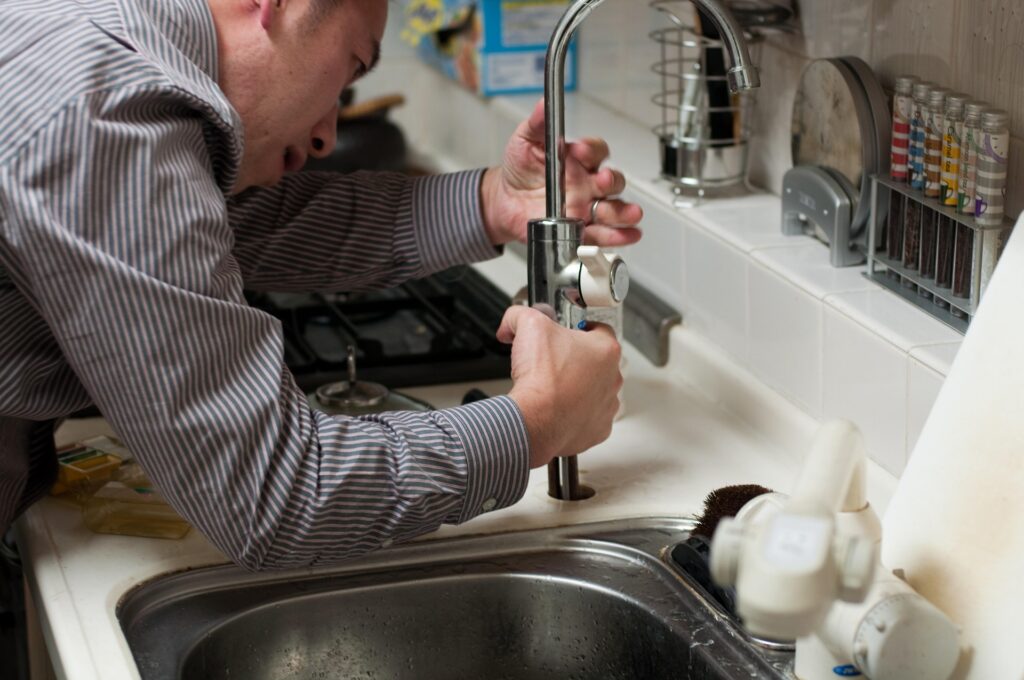🔄 Top Repiping Tips Every Homeowner Should Know
Old pipes can be a hidden disaster waiting to happen. From low water pressure and strange water color to unexpected leaks, outdated plumbing systems can lead to expensive damage and serious inconvenience. Repiping is the long-term solution, and knowing when and how to approach it can save you thousands of dollars.
If you suspect your home may need repiping or just want to prepare for future maintenance, this guide will walk you through everything you need to know—from warning signs to choosing materials and hiring the right professionals.
🔍 1. Know the Warning Signs
Most homeowners don’t think about their pipes until something goes wrong. Here are signs your plumbing may need repiping:
- 💧 Low water pressure throughout the house
- 💧 Rusty or discolored water from taps
- 💧 Recurring leaks in walls, ceilings, or flooring
- 💧 Unpleasant taste or smell in your water
- 💧 Visible corrosion on exposed pipes
🏡 2. Understand the Age of Your Pipes
If your home was built over 40 years ago and has never been repiped, you’re likely due for a replacement. Galvanized steel, polybutylene, and even copper pipes have lifespans—and after a few decades, they’re prone to corrosion and failure.
🧰 3. Choose the Right Pipe Material
There are several piping materials to consider. Each has pros and cons:
- PEX – Flexible, affordable, and easy to install. Resistant to scale and chlorine, ideal for residential repiping.
- CPVC – Heat-resistant and corrosion-free, but more brittle and not suited for freezing climates.
- Copper – Durable and long-lasting, but expensive. Preferred for its quality and longevity in high-end homes.
Ask your plumber what material suits your home best, depending on your local water chemistry and budget.
📋 4. Get a Full Plumbing Inspection First
Before committing to repiping, schedule a complete plumbing inspection. A licensed plumber will assess the condition of your pipes, water quality, and pressure. Sometimes, a partial repipe or localized repair may be enough if the system isn’t failing entirely.
👷 5. Always Work with Licensed Professionals
Repiping isn’t a DIY job—it involves cutting into walls, ceilings, and sometimes floors. Always work with licensed, insured plumbers who specialize in repiping. Ask for references, check reviews, and make sure permits are pulled if required in your area.
🕒 6. Understand the Timeline
A full repiping job can take anywhere from 1–5 days depending on the size of the home, number of bathrooms, and pipe accessibility. Ask for a clear project timeline so you can plan accordingly—especially if you’ll need to relocate temporarily.
🧼 7. Prepare Your Home
Before the work begins, clear access to walls, ceilings, and plumbing fixtures. Move furniture, cover items with plastic sheets, and secure pets. This helps plumbers work efficiently and keeps your belongings protected from dust and debris.
🧽 8. Expect Some Wall and Paint Repair
During a repipe, sections of drywall may need to be cut to access old piping. Reputable plumbers will patch up the openings after installation, but you may need to repaint or retexture areas to match your existing walls.
💰 9. Budget Accordingly
Repiping costs vary based on home size, pipe type, and accessibility. On average, homeowners can expect to spend $4,000 to $10,000. Get multiple quotes and make sure estimates include labor, permits, drywall patching, and cleanup.
🛡️ 10. Ask About Warranties
Good plumbing companies offer warranties on both materials and workmanship. Ask about the length and scope of the warranty—it gives you peace of mind knowing you’re protected against future issues.
📞 Call Us for Expert Repiping Services in Los Angeles
If you’re experiencing frequent leaks, rust-colored water, or outdated pipes, don’t wait for a major plumbing disaster. Our licensed experts specialize in affordable and high-quality repiping services in Los Angeles. We’ll walk you through every step of the process and treat your home like our own. Call us now at (310) 882-6646 for a free inspection and estimate.

